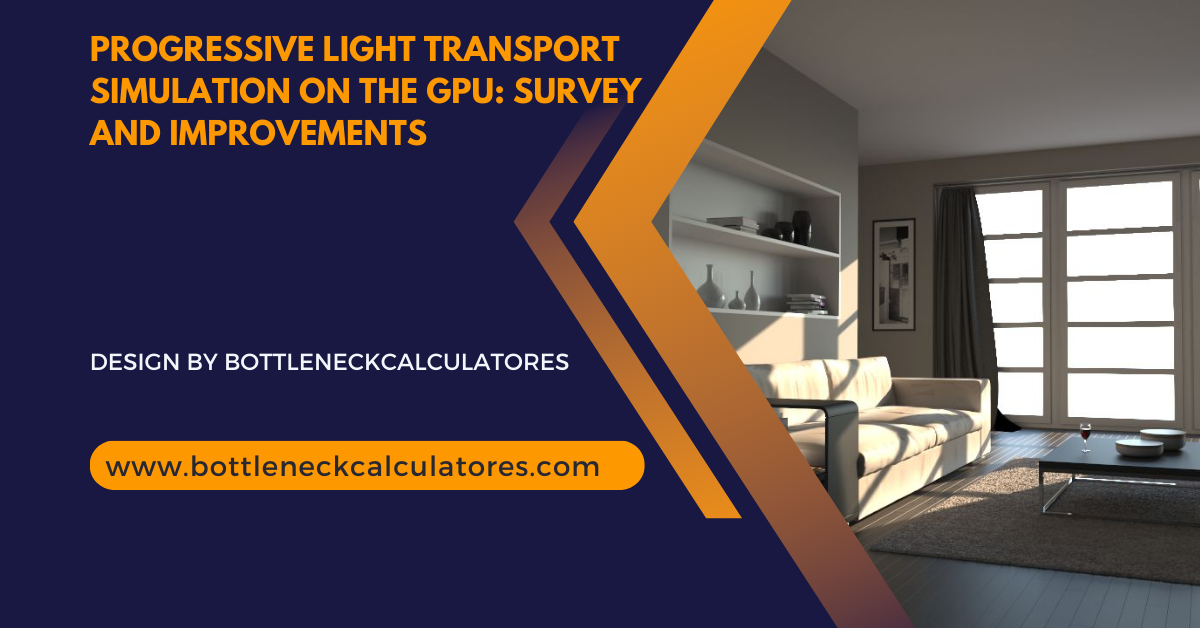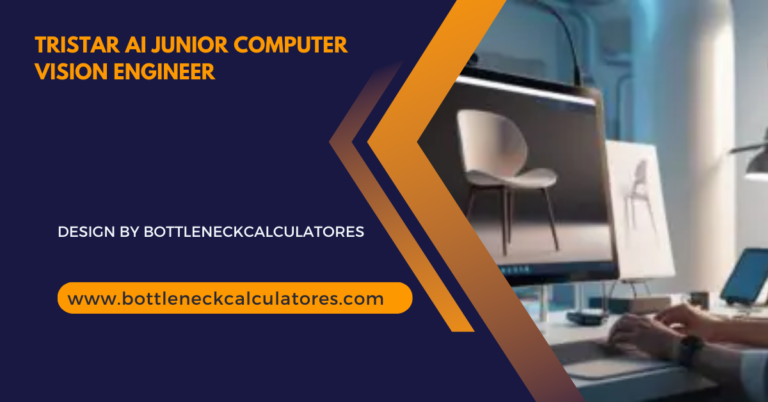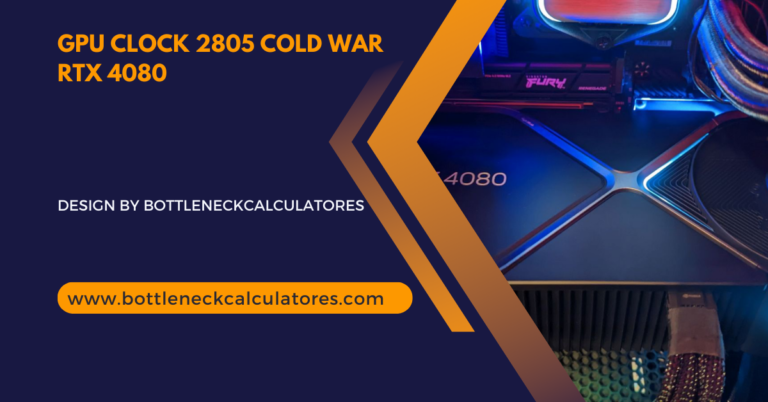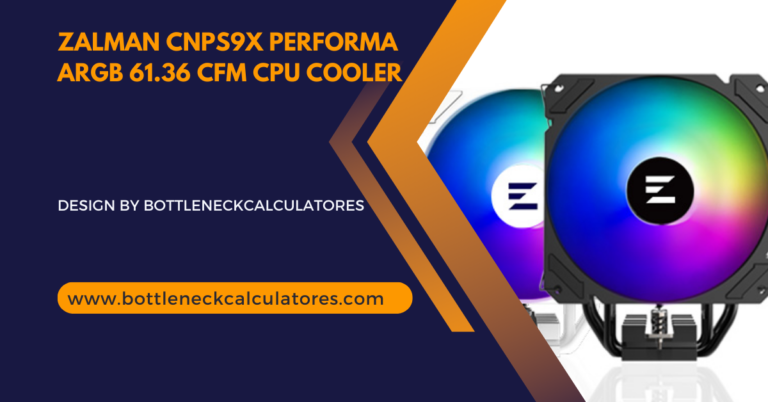Progressive Light Transport Simulation On The Gpu: Survey And Improvements – A Detailed Overview!
Progressive light transport simulation is a cornerstone in computer graphics, enabling realistic rendering of scenes by simulating the complex interplay of light with surfaces. With the advent of powerful GPUs, these simulations have seen significant advancements, offering faster, more efficient, and more accurate results. This article explores the foundations of progressive light transport, surveys its evolution, and highlights recent improvements in GPU-driven methods.
Table of Contents
What is Progressive Light Transport Simulation?
Progressive light transport simulation is a rendering technique that models how light interacts with objects and surfaces in a scene. It iteratively refines the image quality, starting with a rough approximation and progressively adding detail until the desired level of realism is achieved.
Key Concepts in Light Transport Simulation
- Global Illumination: Simulates both direct and indirect lighting to capture realistic shading, reflections, and shadows.
- Monte Carlo Methods: Employs randomness to estimate light paths, making it suitable for complex, dynamic environments.
- Path Tracing: A common approach where light rays are traced through a scene to calculate their interaction with surfaces.
Why Use GPUs for Light Transport Simulation?
GPUs (Graphics Processing Units) excel in parallel processing, making them ideal for the computationally heavy tasks involved in light transport simulation. Unlike CPUs, which process tasks sequentially, GPUs can handle thousands of calculations simultaneously, significantly accelerating rendering times.
Advantages of GPU-Driven Light Transport
- Speed: Faster computation allows for real-time rendering and iterative design workflows.
- Scalability: Modern GPUs support large-scale simulations for complex scenes.
- Energy Efficiency: GPUs are optimized for graphics tasks, reducing energy consumption compared to CPU-based solutions.
Survey of Progressive Light Transport on GPUs
Over the years, researchers and developers have refined GPU-based light transport methods. Below is a survey of notable techniques:
1. Path Tracing on GPUs
- Overview: A foundational approach that simulates light paths by tracing them from the camera through the scene.
- Challenges: Handling noise and ensuring convergence in complex lighting scenarios.
- GPU Optimization: Use of CUDA and Vulkan APIs to parallelize computations for faster results.
2. Bidirectional Path Tracing (BDPT)
- Overview: Combines light paths traced from both the camera and the light source, improving accuracy.
- Improvements on GPUs: Leveraging GPU memory for storing complex light paths and reducing computational overhead.
3. Metropolis Light Transport (MLT)
- Overview: A Monte Carlo technique that focuses on important light paths, improving efficiency for scenes with intricate lighting.
- GPU Implementation: Advanced sampling methods are used to reduce noise and ensure even distribution of computation.
4. Photon Mapping
- Overview: Simulates the transport of photons to approximate global illumination.
- GPU Benefits: Faster photon mapping and storage through parallel processing.
Improvements in GPU-Based Light Transport Simulation
Recent advancements in hardware and algorithms have significantly enhanced the capabilities of progressive light transport on GPUs.
1. Denoising Techniques
- Problem: Monte Carlo-based methods often produce noisy results in the early stages of rendering.
- Solution: AI-driven denoising algorithms, powered by Tensor Cores on NVIDIA GPUs, effectively smooth out noise while preserving detail.
2. Real-Time Ray Tracing
- Advancement: GPUs like the NVIDIA RTX series feature dedicated ray tracing cores that enable real-time global illumination.
- Applications: Games, virtual reality, and architectural visualization benefit from this real-time capability.
3. Adaptive Sampling
- Overview: Focuses computational effort on challenging areas of the scene, such as caustics or complex shadows.
- GPU Optimization: Dynamic resource allocation ensures faster convergence without sacrificing accuracy.
4. Hybrid Techniques
- Innovation: Combines rasterization for primary rays and path tracing for secondary rays to balance speed and quality.
- GPU Implementation: Uses multi-pass rendering pipelines to achieve high performance.
Applications of GPU-Driven Light Transport Simulation
The advancements in progressive light transport on GPUs have unlocked new possibilities across various industries:
- Film and Animation: Enables photorealistic rendering for visual effects and animated films. Faster iterations allow artists to refine scenes more efficiently.
- Gaming: Real-time ray tracing provides immersive visuals with dynamic lighting and reflections. Enhanced performance on consumer-grade GPUs makes high-quality rendering accessible.
- Architecture and Design: Simulates realistic lighting for architectural visualization, aiding designers in making informed decisions.
- Scientific Visualization: Used in simulations of light behavior for optics research, astronomy, and more.
Challenges and Future Directions
While GPU-based light transport has seen remarkable improvements, some challenges remain:
1. Memory Constraints
- Complex scenes with large textures and high polygon counts can exceed GPU memory limits.
- Future Focus: Efficient memory management and compression algorithms.
2. Power Consumption
- High-performance GPUs consume significant power, making them less ideal for mobile or embedded systems.
- Future Focus: Developing energy-efficient GPUs and optimizing algorithms.
3. Noise Reduction
- Early-stage renders still suffer from noise in certain lighting conditions.
- Future Focus: Improved AI-based denoising and adaptive sampling methods.
Conclusion
Progressive light transport simulation on GPUs has revolutionized the field of computer graphics, enabling photorealistic rendering at unprecedented speeds. From path tracing to advanced hybrid techniques, GPUs continue to push the boundaries of what is possible. With ongoing research and technological advancements, the future of GPU-based light transport looks brighter than ever, promising even more realistic and efficient solutions for industries ranging from gaming to scientific research. Whether you’re a developer, designer, or researcher, embracing these GPU-driven improvements ensures you stay at the cutting edge of rendering technology.







